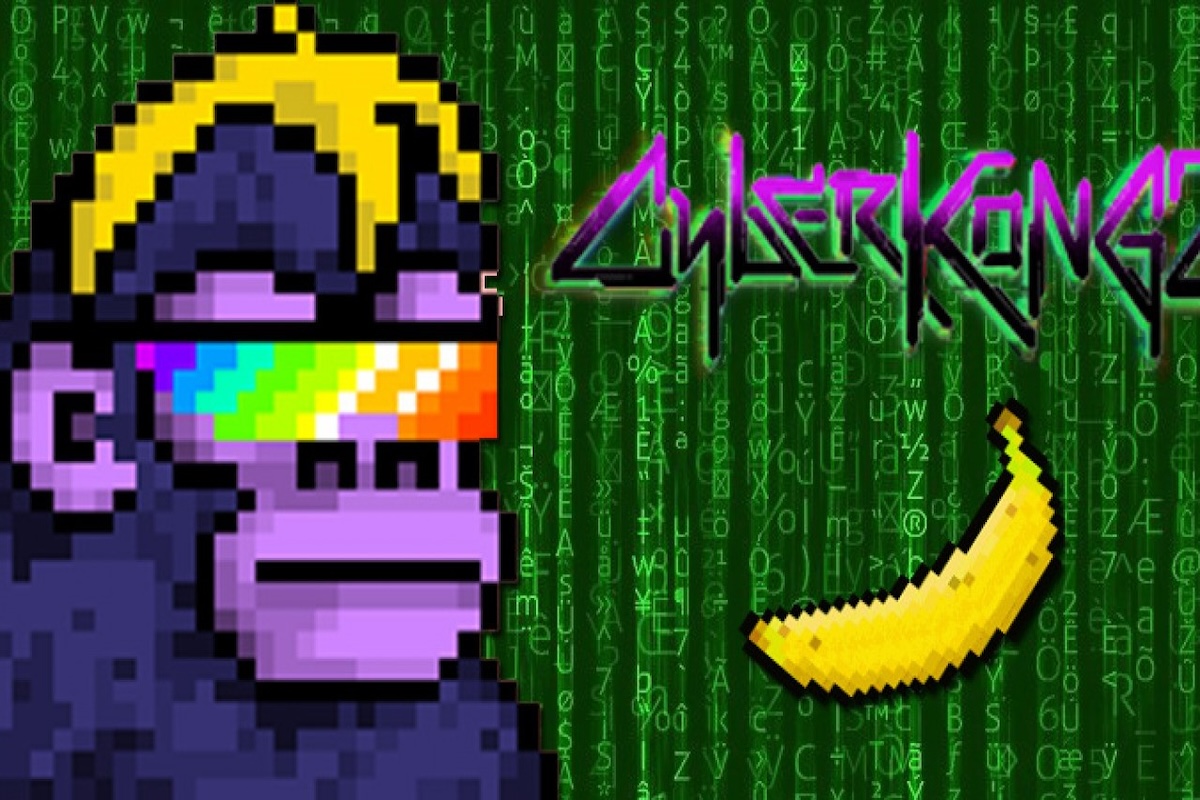Data shows the Bitcoin mining difficulty has declined 3% with the latest adjustment, something that could boost the coin’s hashrate.
Bitcoin Mining Difficulty Declines As Hashrate Stagnates
When Bitcoin miners solve blocks on the network, they receive some amount of BTC as a reward. These block rewards are the only way to introduce new coins to the supply, so the rate at which miners hash these blocks can serve as the production rate of the cryptocurrency.
Naturally, if miners would keep on improving their ability to mine these blocks, they would earn rewards faster, and thus, mint coins at a faster rate. Given the basic economics of demand and supply, though, the market being flooded with new tokens would mean that the asset’s value would go down.
In reality, Bitcoin doesn’t fall prey to such inflation, as mining mechanics don’t work in such a simple way. This is because Satoshi Nakamoto, the coin’s creator, had already recognized this problem, and had a solution in place to mitigate it.
Satoshi had implemented what’s called the “mining difficulty” into the blockchain, which controls how hard miners would find it to solve blocks on the network. With this innovative solution, the chain keeps adjusting its difficulty, depending on the total amount of computing power the miners have attached (that is, the “hashrate“).
These changes in the difficulty happen in such a way as to neutralize the effect that miners’ higher or lower hashrate may be having on the network’s economics.
For instance, if the hashrate goes up, the miners become faster, and so, the blockchain also ups the difficulty in the next adjustment, bringing these chain validators back to the desired pace.
This entire process is fully automatic, only controlled by the code that Satoshi had written. The difficulty adjustments happen roughly every two weeks, with the latest one having occurred just yesterday.
With this adjustment, the Bitcoin mining difficulty has gone down by around 3%, as the below chart depicts.
The value of the metric seems to have gone down slightly recently | Source: Blockchain.com
Just recently, the Bitcoin mining difficulty had been at all-time high values, as the cryptocurrency’s hashrate had also been around its highs. Since the latest downward difficulty adjustment isn’t too large in scale, however, the metric is still near its ATH.
Earlier in the year, the Bitcoin mining hashrate had been constantly going up, as miners had been incentivized to expand their facilities due to the high revenues that the rally had offered.
Recently, however, these chain validators have stopped investing further into their mining farms, as the hashrate has hit a phase of stagnation.

The hashrate has gone stale recently | Source: Blockchain.com
Naturally, this recent slump in the hashrate is the reason behind the mining difficulty registering a negative change in the latest adjustment. With the competition being effectively lowered now, though, some miners would want to bring their rigs back online, so it’s possible that the hashrate may see some uplift in the coming days.
Any increase in the metric would likely only bring the metric back towards the upper bound of the range it has been consolidating in recently, however, as the real challenge for hashrate growth isn’t the difficulty, but rather the mining revenues.
The mining revenues would, of course, only see a real uptick if the price of the cryptocurrency also increases. For now, though, the asset is in a slump, as its price is still below the $30,000 level.
BTC Price
At the time of writing, Bitcoin is trading around $29,500, down 1% in the last week.
BTC tries to put together recovery efforts | Source: BTCUSD on TradingView
Featured image from Brian Wangenheim on Unsplash.com, charts from TradingView.com, Blockchain.com
Credit: Source link















































